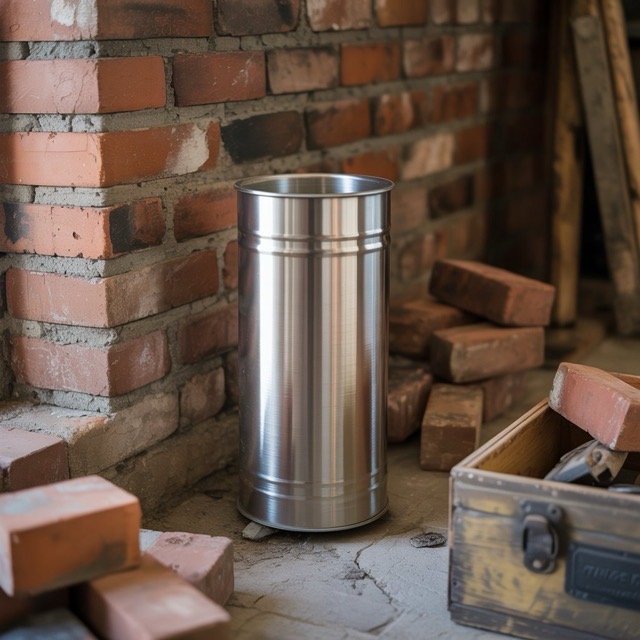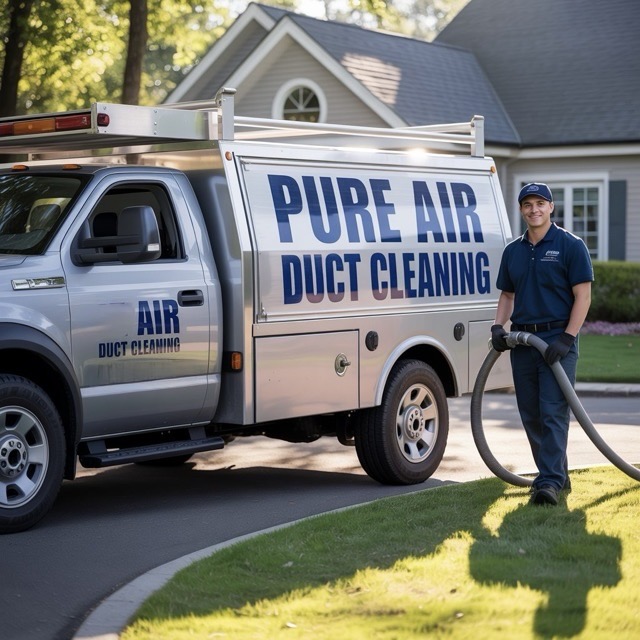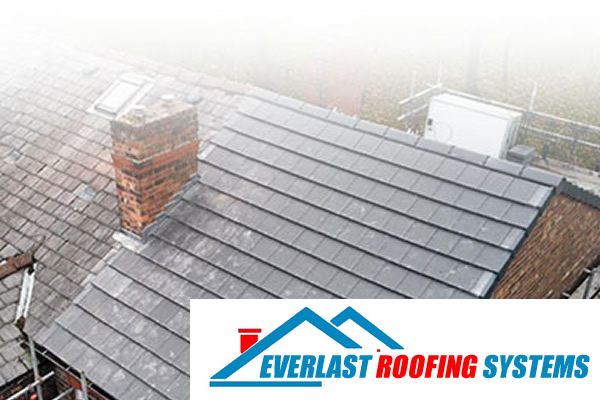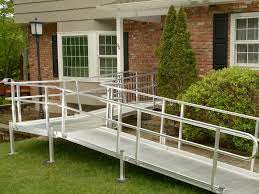
What Materials Are Used for Chimney Liner Installation in San Antonio?
- Speak Rights
- Business
- 2025-08-25 12:56:05
- 1962K
At San Antonio Chimney Sweep, we believe a safe and efficient chimney system begins with choosing the right liner material for your home. Whether you’re building a new fireplace or upgrading an older flue, understanding liner options is essential for long-term performance, fire safety, and cost savings. In San Antonio’s unique climate—where hot summers and unpredictable winters challenge construction—selecting the appropriate chimney liner material is more crucial than ever. In this article, we’ll dive into the most common types of materials used for chimney liner installation in San Antonio and help you discover which one best suits your needs.
Chimney liners are vital to the health of your fireplace and home. They channel combustion gases safely outside, prevent masonry deterioration, and reduce the risk of chimney fires. With so many materials available, from traditional clay to modern stainless steel, it can be overwhelming to decide what’s best for your property. We’ll break down the features, costs, and safety benefits of each, so you can make an informed choice. The right investment in your chimney liner ensures peace of mind for years to come.
Key Features of Chimney Liners
- Material Durability: Different liners offer varying resistance to heat, corrosion, and age.
- Safety: Liners prevent heat transfer to combustibles, reduce fire hazards, and block dangerous gases.
- Cost: Installation and material choices affect your upfront and long-term budget.
- Emergency Service: Reliable liners make urgent repairs less likely, and professional services can address issues fast.
Common Chimney Liner Materials in San Antonio
| Liner Material | Typical Usage | Durability | Best For |
|---|---|---|---|
| Clay Tile | Traditional masonry chimneys | 20-50 years | Wood-burning fireplaces, older homes |
| Stainless Steel | Retrofits, all fuel types | 15-25 years | Gas, oil, or wood appliances, relining projects |
| Aluminum | Gas appliances only | 10-15 years | Low-heat gas fireplaces |
| Ceramic/Concrete | Custom repairs | 50+ years | Restoration, high-heat situations |
| Cast-in-Place | Masonry restoration | 30-50 years | Older chimneys needing structural reinforcement |
"The right chimney liner can mean the difference between a cozy winter and a costly emergency. Investing in quality materials today is investing in your family's safety for years to come."
1. Clay Tile Liners: Clay tile liners have been the standard for masonry chimneys for over a century. Made from kiln-fired terracotta, they’re affordable, non-corrosive, and effective at withstanding high temperatures. However, clay tiles can crack over time due to thermal expansion, particularly during chimney fires or rapid heating and cooling cycles. While repairs are possible, a damaged clay liner often requires professional relining.
2. Stainless Steel Liners: Stainless steel liners are the go-to choice for most chimney upgrades in San Antonio. Flexible or rigid, they’re resistant to corrosion and compatible with nearly all fuel types. Stainless steel is especially popular for retrofitting older chimneys that need a new, code-compliant liner. Although the initial investment is higher than clay, the durability and versatility justify the cost. Plus, many models come with lifetime warranties.
3. Aluminum Liners: Lightweight and easy to install, aluminum liners are mainly used for gas appliances running at lower temperatures. They’re not recommended for wood or oil-burning systems due to their limited heat resistance. Aluminum’s budget-friendly price tag makes it attractive for quick fixes, but lifespan and safety are reduced compared to stainless steel or clay tile.
4. Cast-in-Place & Ceramic Liners: Cast-in-place liners involve pouring a special cement or ceramic mixture into the chimney, forming a seamless, insulated barrier. This method is ideal for strengthening aging masonry flues or when traditional liners are impractical. Cast-in-place liners offer excellent durability, heat insulation, and structural support, but installation is more labor-intensive and costs are generally higher.
Safety Considerations
Regardless of material, a well-installed chimney liner is your home’s first defense against fire hazards and carbon monoxide intrusion. Liners prevent dangerous gases from leaking into living spaces and shield the chimney structure from intense heat. In San Antonio, where summer humidity and winter chills can accelerate masonry wear, annual inspections and timely liner repairs are a must. Always rely on certified professionals, like San Antonio Chimney Sweep, for installation and maintenance to guarantee compliance with local building codes.
Chimney Liner Installation Costs in San Antonio
| Liner Material | Average Installed Cost | Expected Lifespan | Maintenance Needs |
|---|---|---|---|
| Clay Tile | $2,000 - $4,000 | 20-50 years | Periodic inspection, repair if cracked |
| Stainless Steel | $2,500 - $5,500 | 15-25 years | Minimal, annual cleaning |
| Aluminum | $1,200 - $2,000 | 10-15 years | Annual inspection, early replacement |
| Cast-in-Place/Ceramic | $4,000 - $7,500 | 30-50+ years | Low, periodic inspection |
Emergency Service: Why It Matters
Chimney emergencies—like sudden liner cracks, flue blockages, or carbon monoxide leaks—require swift, professional attention. At San Antonio Chimney Sweep, we offer rapid response for urgent situations, minimizing risk to your home and loved ones. Investing in durable liner materials and proactive maintenance reduces the likelihood of emergencies, but our team is always ready should an unexpected problem arise.
Frequently Asked Questions
Q: How do I know which chimney liner material I need?
A: The right liner depends on your fireplace type, fuel source, chimney condition, and budget. Our experts at San Antonio Chimney Sweep assess your setup and recommend the best material for optimal safety and performance.
Q: How often should my chimney liner be inspected?
A: We advise annual inspections to catch damage, creosote buildup, or blockages early. This is especially important after severe weather or if you notice performance changes in your fireplace.
Q: Are stainless steel liners worth the extra cost?
A: Yes, stainless steel liners offer superior durability, compatibility with most fuel types, and often come with extended warranties, making them a cost-effective long-term solution.
Q: Can I install a chimney liner myself?
A: DIY installation is not recommended due to safety concerns and local building codes. Professional installation by certified technicians ensures compliance and maximizes your liner’s lifespan.
Final Thoughts
If you’re ready to upgrade your fireplace or need a new liner installed, trust San Antonio Chimney Sweep for expert guidance and flawless results. We’re committed to safety, transparency, and customer satisfaction—so your home stays warm, safe, and worry-free. Contact us for your chimney liner needs today!
Leave a Reply
Please login to post a comment.












0 Comments